Hasbro UK, Ireland & Nordics general manager Foye Pascoe on the role of the grocery channel in toy retailing, the value of licensing, and the dynamism of the games market
Does the grocery channel continue to grow in importance to the toy industry? As consumer shopping habits diversify it’s important we recognise the importance of all retail channels and certainly grocery is a key area for us. Families use supermarkets as an easy one-stop-shop for food, clothes and entertainment throughout the year - and it is an important channel for “impulse “price points.
Are supermarkets becoming more willing to put expensive, big-box items on shelf than sell them only online? Our aim is to make sure that our ranging strategy is broadly in line with the shopper profile /mission of a particular store format – which vary widely across the grocery channel. Seasonality and other factors, such as if a property is entertainment driven, also play a part in determining an appropriate range.
If a proposition makes sense to the shopper in that store, at that time, then we see widespread support – irrespective of price point. For instance, our recent launch of Furby was received widespread in-store support.
Supermarket toy aisles can often look chaotic and disrupted. How do you mitigate this? Adherence to a consistent brand look at retail is a challenge within all store formats. We work with all our retail partners to implement branded solutions to assist shoppers and create experiences and theatre at retail.
Sub-£5 toys are an important part of the supermarket offer, but this means the typical toy spend in grocery is below the average for the toy market. How do you look to increase this spend in the grocery channel? Sub-£5 are the key “impulse purchase” item for us. We offer a strong variety of assortments through grocery channels, such as Star Wars action figures, FurReal Friends Snuggimals and card games. This is also an important area for our blind-bags, such as Star Wars Fighter Pods. Variety and collectability are key – and we work closely with retailers to keep refreshing stock with new characters and new waves.
We have created dedicated pocket-money FSDUs, which are a great example of how we can work with our retailers to create retailer-specific and consumer-targeted delivery for our brands.
Hasbro does not compete in the fashion doll market. Why is this? We will continue to re-imagine our brands to connect with our consumers with the current trends of today. We have a wide portfolio of girls’ brands which meet a wide array of consumer play patterns, from FurReal Friends to My Little Pony to Littlest Pet Shop.
How do you look to mitigate the effect of rising commodity prices while maintaining a price point? We are constantly engineering new products to bring value and entertainment. For example, the Transformers line has evolved to include a range of sizes and price points that appeal to every level of fan.
In your own view, what has been the most successful Hasbro brand of 2012 to date, and why? There has been a strong performance of the Nerf brand, and key brands including Transformers, Play-Doh, My Little Pony and our big licensed properties within the boy’s category including -Marvel’s The Avengers and Star Wars. Consumers are also very excited about our Furby launch.
Licensing is a key element in Hasbro’s business, is its importance growing? We work with world-class partners such as Disney, Lucasfilm, Marvel and Sesame Street Workshops and BBC Worldwide, all of whom are key to Hasbro’s business. 2012 has been a big movie year for us with Marvel’s Avengers Assemble, The Amazing Spider-Man and the 3D release of Star Wars Episode 1: The Phantom Menace. As a result we have had a fantastic response to our supporting ranges, specifically role-play, where kids can become their own heroes.
We also continue to strengthen the consumer experience of brands such as My Little Pony, Transformers and Nerf with a programme of licensed merchandise across categories such as clothing, stationery, digital gaming and publishing.
How is Hasbro looking to maintain the momentum of its Marvel licenses next year? 2013 sees the release of new Marvel movies Iron Man 3, The Wolverine and Thor: The Dark World, along with TV animation forThe Ultimate Spiderman and Avengers on Disney XD. We will be supporting these with a variety of exciting figures and role-play toys, and will also continue to release new figures and playsets for Playskool’s Marvel Super Heroes Adventures.
How do you maintain interest in Star Wars when there is a limited amount of new media? Lucasfilm is constantly finding new ways to engage with their audiences, and we work closely with them to develop this key strategic license. With TV, Star Wars: Clone Wars is in its fourth season on Cartoon Network this year, and season five begins next year; in cinemas Star Wars Episode 2 and Episode 3 will be released in 3D; so there is a huge amount of news for Star Wars fans to get excited about.
How important are adult enthusiasts to brands such as Transformers, Star Wars and comic book? Enthusiasts form a dedicated and loyal fan base, and such ambassadors are a key piece in the success of these global brands and their widespread popularity.
What state is the board game market in? The fact is that more people are playing games than ever before –in a variety of forms and formats. With that in mind it is an exciting year for Hasbro Gaming. For example, we have formed a strategic alliance with Zynga, the leader in online social games, which has enabled us to bring consumers an exciting face-to-face experience with the Zynga games they love, such as Words With Friends.
Most of your board games are classic titles with a long history behind them. How do you keep these relevant to a changing audience? We are tremendously proud of our portfolio of gaming brands, which includes Monopoly, Jenga, Operation, Connect 4 and Twister. We are constantly reimaging and reinventing these gaming brands to ensure we deliver great game play experiences – from a quick fire mobil game bite to the hands on, face-to-face experience of a board game.
How hard is it to bring a new board game to market? The gaming market remains a dynamic sector in which there is lots of opportunity for innovation. We have created a Gaming Centre of Excellence – a hub of innovation and creativity for our gaming business – to develop brands and products in every form and format. This is a market we remain excited about.







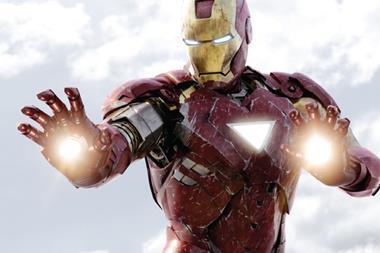

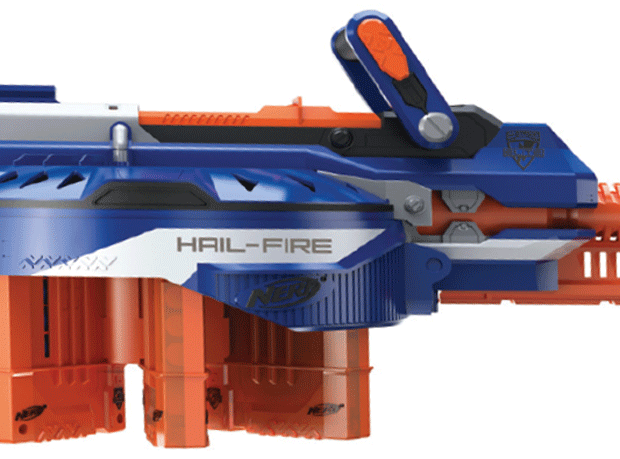


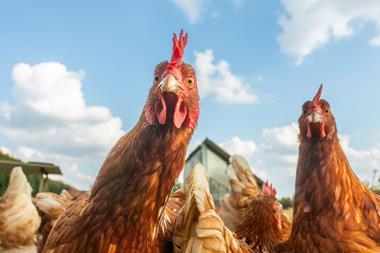



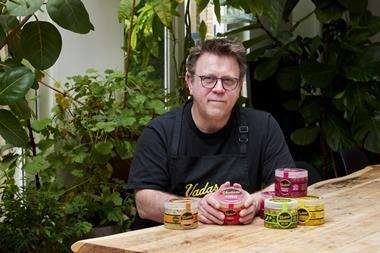
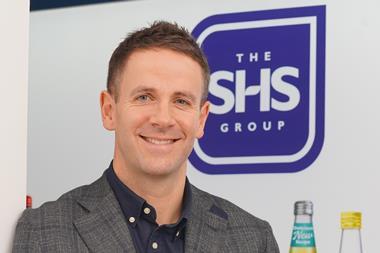

1 Readers' comment